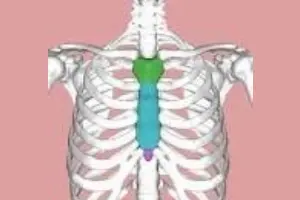Description
Theory

Yoga is a science of awareness with a disciplined approach.We need to have knowledge about our body structure so as practise Yogic Postures with attention, observation & awareness.This part teaches the axial skeleton, shoulder girdle, pelvic girdle, ribs cage & a special mention of knee joint which involves bones, joints & movements. This part also elaborates the main skeletal muscles for their attachments, actions & effects of Yogic Postures on them. Students know about muscles of breathing,namely thoracic diaphragm & intercostal muscles. They are taught the effects of Yogic Postures as stretching,strengthening of selective muscles. Equally significant is to learn the science of relaxation response, which is taught in Shavasan.
Practical

Begins with jumps of various types for warm up. Suryanamaskar of 10,12 & 14 counts are taught to students with their names. A basic sequence of Yogic Postures with standing, sitting, twisting, prone & supine groups are taught to them. This involves students practising the Postures,remembering the instructions, observing the effects of Postures on joints & muscles. They practise these Postures For strength, endurance & optimising their length. Once a week Pranayama batch is a value addition to daily practice. It consists of prayer, kapalbhati, Postures, Shavasan, breathing techniques, chanting Omkar 11 times then observing silence for 5 to 10 minutes. The student slowly gets transformed to gain confidence & experiences the stability of body & mind.